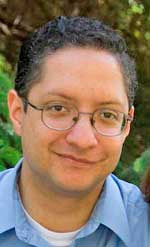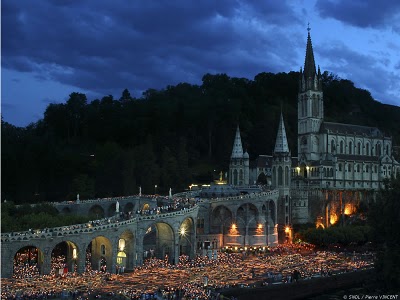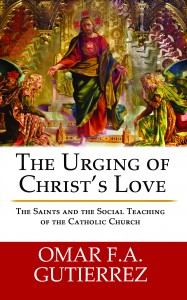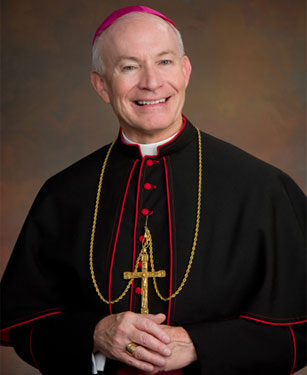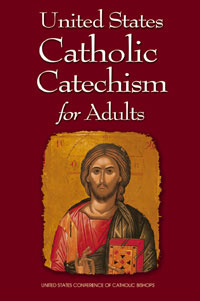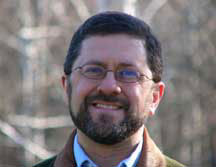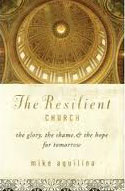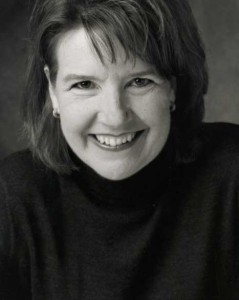 Episode 18- Seeking Truth with Sharon Doran -The Lord’s Prayer (PART 2)
Episode 18- Seeking Truth with Sharon Doran -The Lord’s Prayer (PART 2)
Podcast: Play in new window | Download (Duration: 30:57 — 28.3MB) | Embed
Subscribe: Apple Podcasts | Spotify | Amazon Music | Android | Pandora | iHeartRadio | JioSaavn | Podchaser | Gaana | Podcast Index | Email | TuneIn | Deezer | Anghami | RSS | More
Episode 18 –
The Lord’s Prayer (part 2)
“Our Father…”
In this lecture Sharon takes us on a beautiful journey through the Lord’s prayer, which the Catechism of the Catholic Church describes as the summary of the whole Gospel.
Sharon opens the mystery of each line, beginning with God as father throughout salvation history.
His covenant kinship expands over time, including more and more sons and daughters into His worldwide universal family.
She goes on to explore the struggle we all experience: is it My Will or Thy Will?
She then tackles forgiveness, showing us that the measure of God’s forgiveness is determined by our own willingness to forgive.
Scripture covered are Matthew 6 and Luke 11
Sharon Doran serves as the teaching director of “Seeking Truth.” An experienced Bible Study teacher, Sharon has a passion for scripture that will motivate and challenge you to immerse yourself in God’s Word and apply His message to your every day life.
 “Seeking Truth” is an in depth Catholic Bible Study, commissioned by the Archdiocese of Omaha in response to John Paul II’s call to the New Evangelization as well as Pope Benedict XVI’s exhortation for all Catholics to study scripture. To learn more go to:www.seekingtruth.net
“Seeking Truth” is an in depth Catholic Bible Study, commissioned by the Archdiocese of Omaha in response to John Paul II’s call to the New Evangelization as well as Pope Benedict XVI’s exhortation for all Catholics to study scripture. To learn more go to:www.seekingtruth.net

